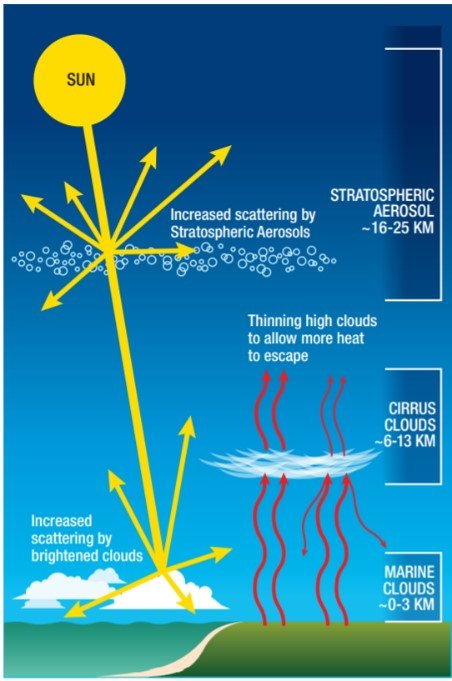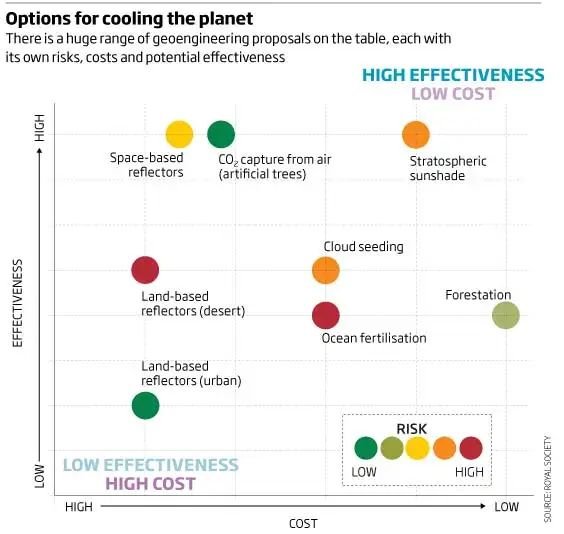The National Academies of Science called for the United States to pursue research into solar geoengineering to cool the Earth’s atmosphere but urged caution given that it could have risky, unintended consequences.
There is no international agreement setting standards for geoengineering, large-scale interventions that scientists say could affect precipitation patterns, agricultural productivity and food supplies worldwide.

Commonly proposed solar geoengineering strategies include spraying reflective aerosols into the atmosphere to mimic how ash clouds cool the planet after large volcanic eruptions.
Other strategies include thinning high-altitude clouds to allow more heat to escape, and brightening low-altitude marine clouds to reflect additional solar energy.
The report recommends research be conducted in coordination with other nations, under strong governance, and alongside other climate mitigation efforts, such as reducing greenhouse gases.

Last year the U.S.-based nonprofit SilverLining provided $3 million in grants to various organizations to look into this approach. This June, Harvard scientists plan to fly a balloon above Sweden in a geoengineering experiment.
While the researchers will not release particles to block the sun’s energy, the experiment will explore the feasibility of doing so.

These geoengineering methods have promise but also carry risks, given the potential for unknown global consequences on temperature and weather patterns. Among the concerns are how the science’s effects could be distributed unequally around the globe.
Reference- Reuters, National Academies of Science Media Outreach, Clean Technica, SilverLining website






